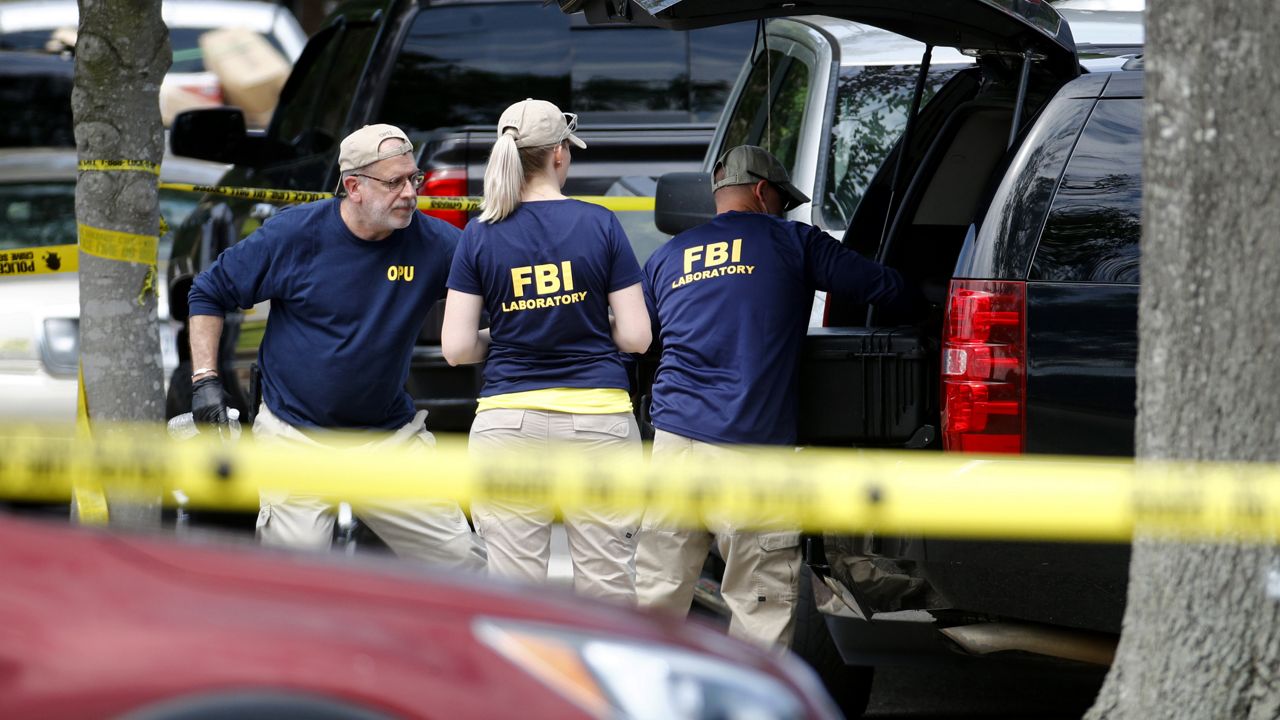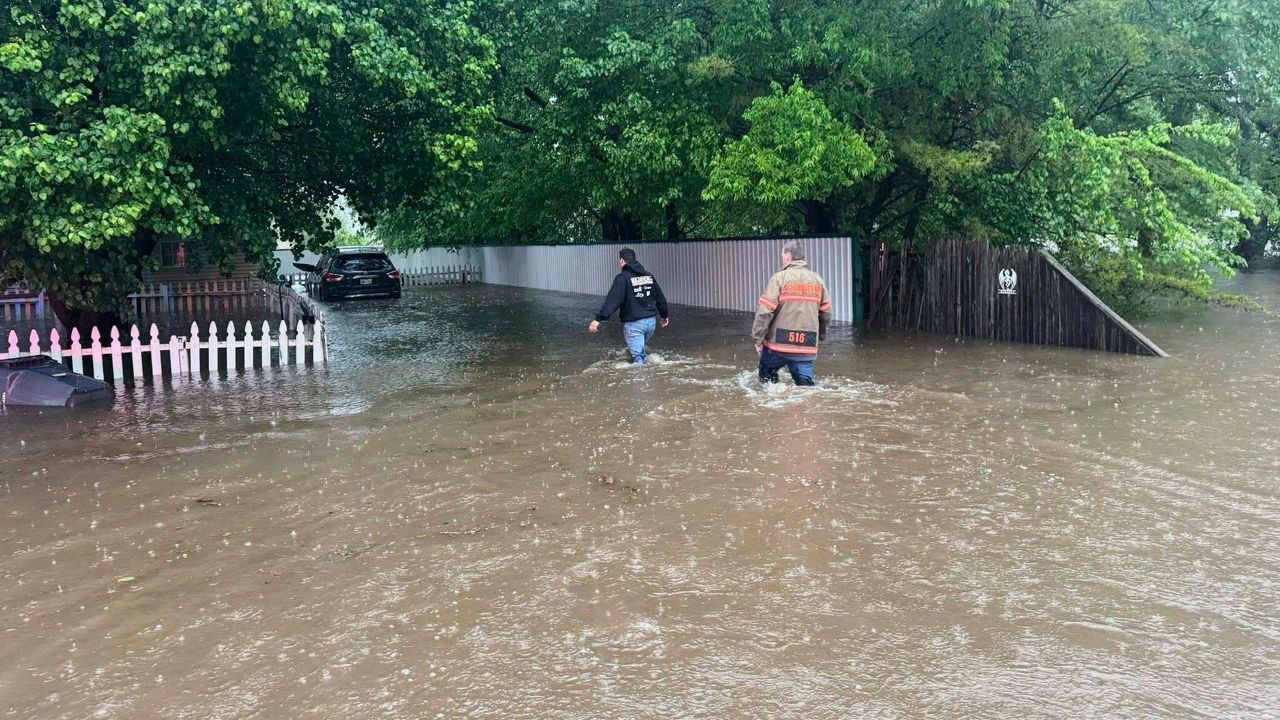The rate of violent crime nationwide rose by 5.6% between 2019 and 2020, the first time the estimated amount of annual violent crimes increased in four years, according to data released by the Federal Bureau of Investigation on Monday.
The numbers were published as part of the FBI’s Uniform Crime Reporting (UCR) Program, a voluntary arrangement where law enforcement agencies across the country provide the FBI with information on violent crimes and property crimes from that year.
“Violent crimes” include murder and nonnegligent manslaughter, rape, robbery, and aggravated assault; “proprerty crimes” include burglary, larceny-theft, motor vehicle theft, and arson.
Of the 18,619 federal, state, county, city, university and college and tribal agencies eligible to participate in the UCR program, 15,897 submitted statistics this year.
According to data compiled by the FBI, the prevalence of several types of violent crimes — robbery and rape — decreased by 9.3% and 12%, respectively, in 2020 compared to 2019. But the aggravated assault offenses rose 12.1%, and the volume of murder and nonnegligent manslaughter offenses increased nearly 30% from the year prior.
The increased homicide rate is the highest single-year jump since the FBI began tracking violent crime data in the 1960s.
But the property crime rate decreased by just over 8% between 2019 and 2020, the 18th consecutive year estimates for those offenses declined. Overall, the total rate of all crimes reported by the FBI decreased by around 6%.
In total, just under 10,000 agencies reported 640,836 violent-crime offenses and estimated 538,203 violent-crime incidents in 2020, representative of 53% of the country. In 2019, 9,042 law enforcement agencies reported 448,783 violent-crime incidents and 520,209, representing around 47% of the total country.
Those tallies were compiled by reports submitted through the National Incident-Based Reporting System, one of four data collection tools the FBI uses to compile its annual UCR report.
The data is subject to several limitations, and the FBI warns against “ranking locations or making comparisons as a way of measuring law enforcement effectiveness,” as crime is a “sociological phenomenon influenced by a variety of factors.”
“Some of this data may not be comparable to previous years because of differing levels of participation over time,” the FBI states in part.
“Now that we've collected those numbers, we want to put a strong analytical effort behind those numbers,” Michael Christman, assistant director of the FBI's Criminal Justice Information Services Division, said in an interview with CBS News on Monday. “And we want to identify trends. I use the word commonalities. Anything we can do to make law enforcement aware or to provide training around those numbers.”
The FBI report does not delve into the potential reasons behind the changing trends, but some experts point to a few significant events in 2020 as potential catalysts — namely, the coronavirus pandemic and worldwide protests following the murder of George Floyd at the hands of a former Minneapolis police officer.
Data compiled by the National Instant Criminal Background Check System (NICS) showed March of last year had the highest number of weekly federal background checks, a rough estimate for gun purchases, since the government began keeping records of such information over three decades ago. Americans continued to buy guns on a higher-than-average pace in the 18-plus months of the coronavirus pandemic.
According to FBI data released Monday, 2020 also saw the highest number of homicides committed with a firearm — 77% — than in any year on record, and an increase of 3% from 2019.








